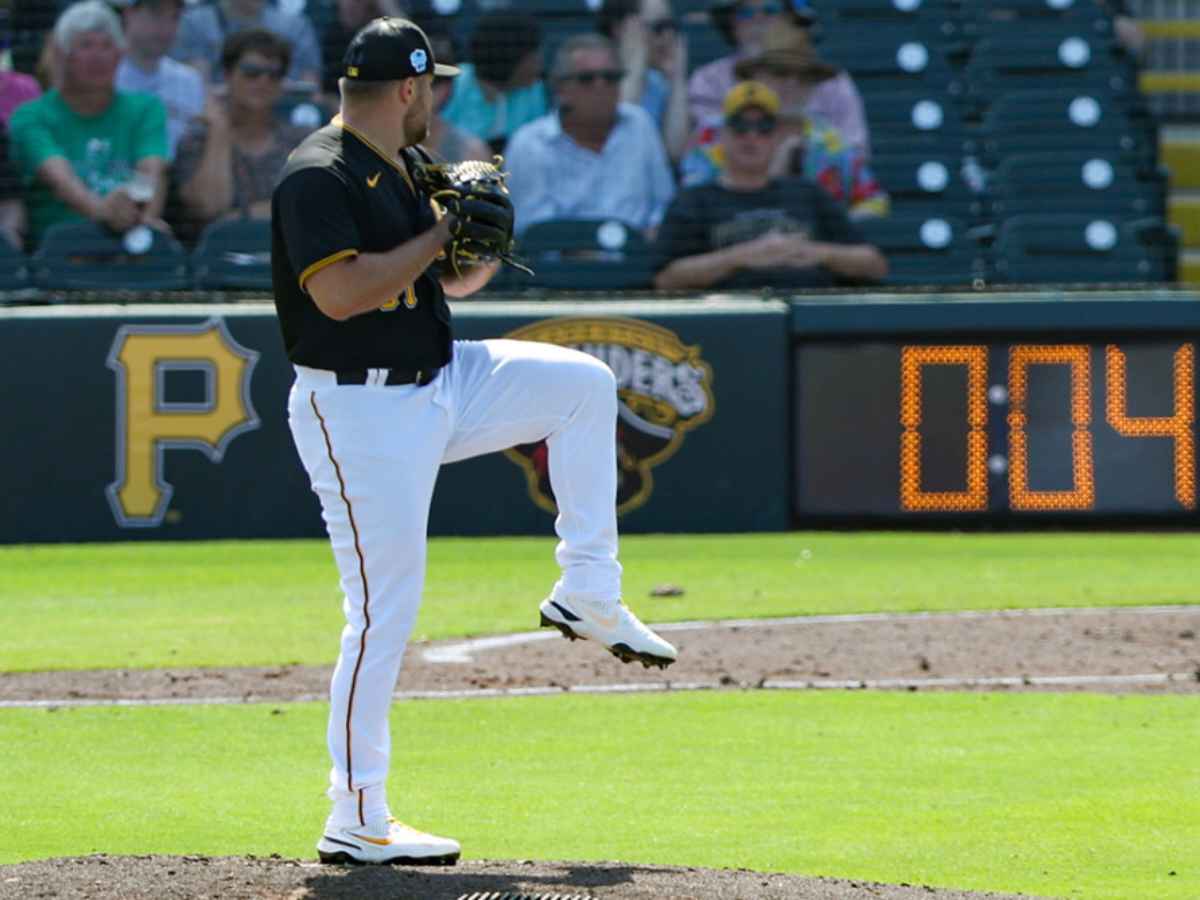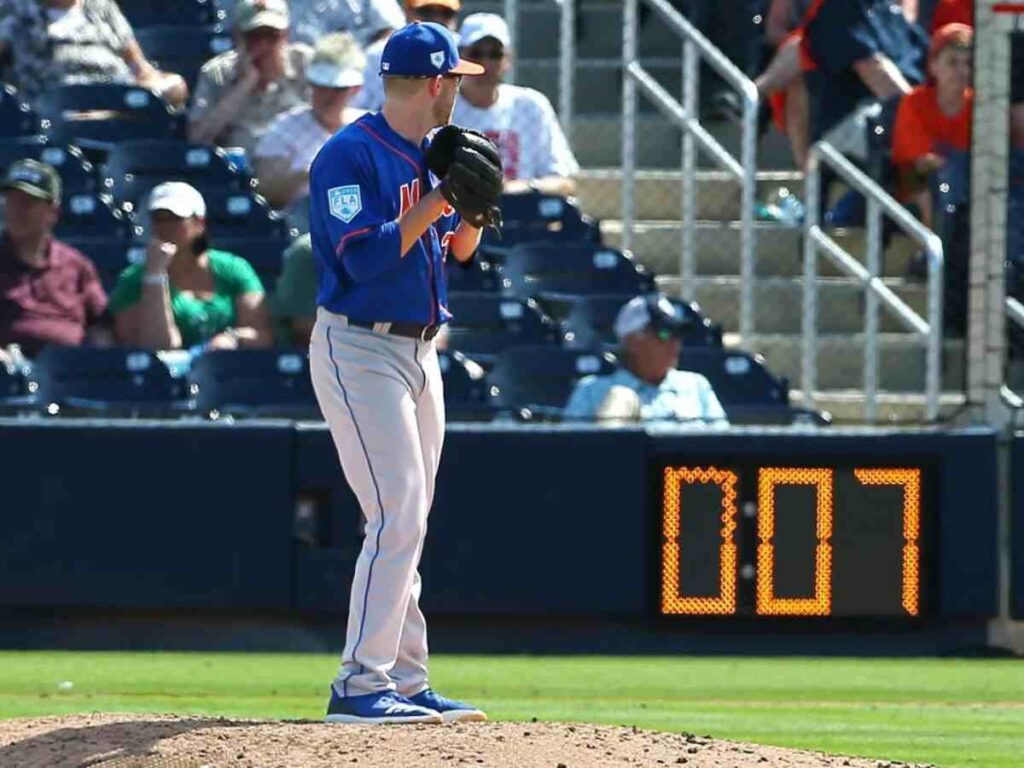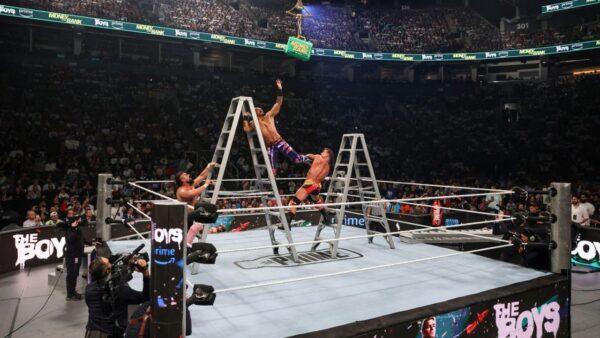MLB Pitch Clock Timer 2023: How does it work and what are the penalties?
A breakdown of the new MLB pitch clock timer rule and what it means for players and fans.

MLB rules ( Image via InsideHook )
The 2023 MLB season is set to be one of the most exciting in recent memory, as the league is instituting several new rule changes. However, none are more significant than the addition of the pitch clock, which has been introduced to address pace-of-play issues that have plagued the league for years.
The pitch clock has already been implemented in the minor leagues, where it has been successful in reducing game times. In this article, we will explore how the MLB pitch clock works, what the penalties are for violating it, and how much it is expected to reduce game times.
MLB pitch clock works by implementing different time limits depending on the situation. When there are no runners on base, the pitch clock is set for 15 seconds. When there are runners on base, the pitch clock is set for 20 seconds. Additionally, there is a 30-second limit between batters.
Penalties and allowances under the Pitch Clock rule in the 2023 MLB season

Batters are required to be in the batter’s box and ready to hit with eight seconds remaining, while catchers must be in the catcher’s box with nine seconds left. Pitchers are expected to be in their leg kick by the time the pitch clock reaches zero.
The penalties for violating the pitch clock are not particularly harsh, but they can still have a significant impact on an at-bat. If a pitcher has not gone into their full motion by the time the clock hits zero, the batter will be awarded an automatic ball. The same goes for a catcher not being in the box with nine seconds left. If a batter is not ready at eight seconds, an automatic strike will be assessed.
Pitchers are allowed two “disengagements” per plate appearance, which include a pickoff move or stepping off the mound. They may also request a new ball with eight seconds remaining on the clock, but may be penalized for repeatedly doing so. Batters get one timeout per at-bat.
The addition of the pitch clock in the 2023 MLB season is a significant move to address the league’s pace-of-play issues. It has already been implemented successfully in the minor leagues, and the league is seeking a similar reduction in game times.
The penalties for violating the pitch clock are not severe, but they do have an impact on the outcome of an at-bat. Ultimately, umpires have the discretion to amend the pitch clock as necessary, including extending the timer in the case of injury or other unforeseen circumstances. While some quirky pitcher deliveries will still be allowed, the pitch clock will require pitchers to be in their leg kick by the time it hits zero, and batters to be ready to hit with eight seconds remaining.
In case you missed it:







